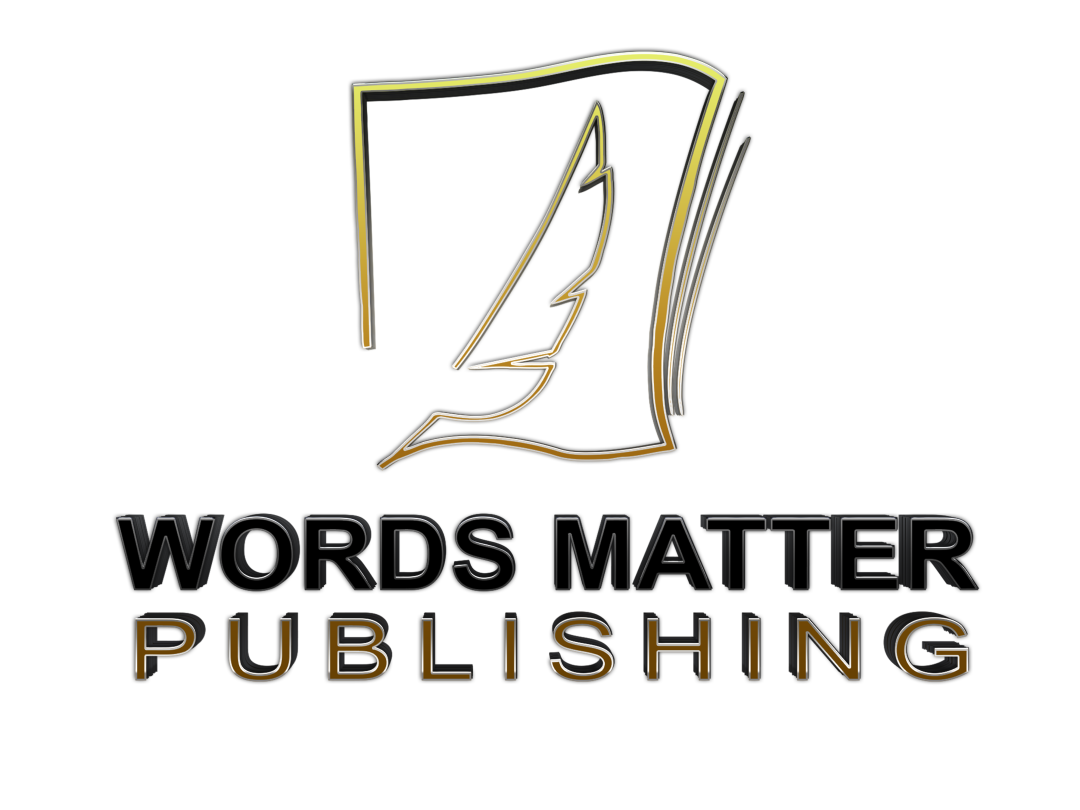
Crafting a Clear, Compelling Framework That Keeps Readers Engaged
Writing a nonfiction book is more than collecting facts or telling your story—it’s about creating a structure that informs, inspires, and delivers value from beginning to end. Whether you’re writing a self-help book, memoir, guide, or thought-leadership title, structure is what transforms raw ideas into a reader-friendly experience.
The right structure gives your message clarity. The wrong one? Confusion, repetition, or a lack of momentum.
In this post, we’ll break down how to organize your nonfiction book with intention, so every chapter builds on the last and delivers a powerful, cohesive experience.
Step 1: Know Your Purpose and Promise
Start with two key questions:
- What do I want the reader to learn, feel, or do?
- What transformation or takeaway will this book offer?
Examples:
- “I want readers to feel empowered to heal after trauma.”
- “I want to teach new freelancers how to build a six-figure business.”
- “I want readers to understand the history behind modern education reform.”
Your purpose is your compass. Your promise is your pitch. Every chapter should support them.
Step 2: Choose the Right Structural Framework
There’s no one-size-fits-all format, but here are a few popular nonfiction structures:
- Chronological
Best for memoirs, biographies, or historical nonfiction. Moves through time in a linear way.
- Thematic
Great for personal essays, cultural commentary, or lifestyle books. Each chapter explores a central idea or lesson.
- Problem-Solution
Ideal for how-to and self-help books. Define the problem, walk through solutions, and offer actionable steps.
- Listicle or Modular
Perfect for books with stand-alone chapters (like “101 Tips” or “10 Rules for Life”).
- Journey/Transformation
Starts with a challenge and takes the reader on a guided transformation (also excellent for thought leadership or coaching-style books).
Choose the structure that best supports your purpose and your audience’s expectations.
Step 3: Create a Chapter Map
Think of each chapter as a mini-arc:
- Intro: What’s this chapter about?
- Development: Explore ideas, provide evidence, or tell stories
- Takeaway: What should the reader feel, know, or do?
Use consistent formatting and titles. Consider:
- Chapter titles with intrigue (“Why Everything You Know About X Is Wrong”)
- Subheadings to organize sections
- Recaps or exercises to reinforce learning
Sketch an outline with 8–12 chapters that logically flow and build momentum.
Step 4: Balance Information and Engagement
Don’t drown readers in facts or ramble off course. Keep them engaged by:
- Mixing exposition with storytelling
- Using bullet points, case studies, sidebars, and quotes
- Asking reflective questions
- Adding humor, voice, and surprise
Engagement = clarity + connection.
Step 5: Make Your Structure Scannable and Digestible
Nonfiction readers love to:
- Highlight
- Skim
- Return to key insights
So give them:
- Clear headers and subheaders
- Numbered lists and step-by-step breakdowns
- Bold takeaways or summaries
- Visual cues (pull quotes, boxes, callouts)
You’re building a book readers want to use, not just read once.
Step 6: Test the Flow
Before you write:
- Walk through your chapter map—does it build naturally?
- Is there any repetition or drift?
- Does each chapter earn its place?
During editing:
- Ask beta readers for feedback on flow
- Check that transitions feel smooth and momentum stays strong
- Be willing to reorder, merge, or cut chapters that don’t serve the whole
Final Thoughts: Design With the Reader in Mind
Structure isn’t about formulas—it’s about function. Your job is to guide the reader from confusion to clarity, pain to possibility, question to understanding.
When you organize your ideas with care and intention, you’re not just writing a book—you’re building an experience.
So lead them step by step. Show them what’s possible. And structure your brilliance in a way that delivers impact, insight, and transformation.

